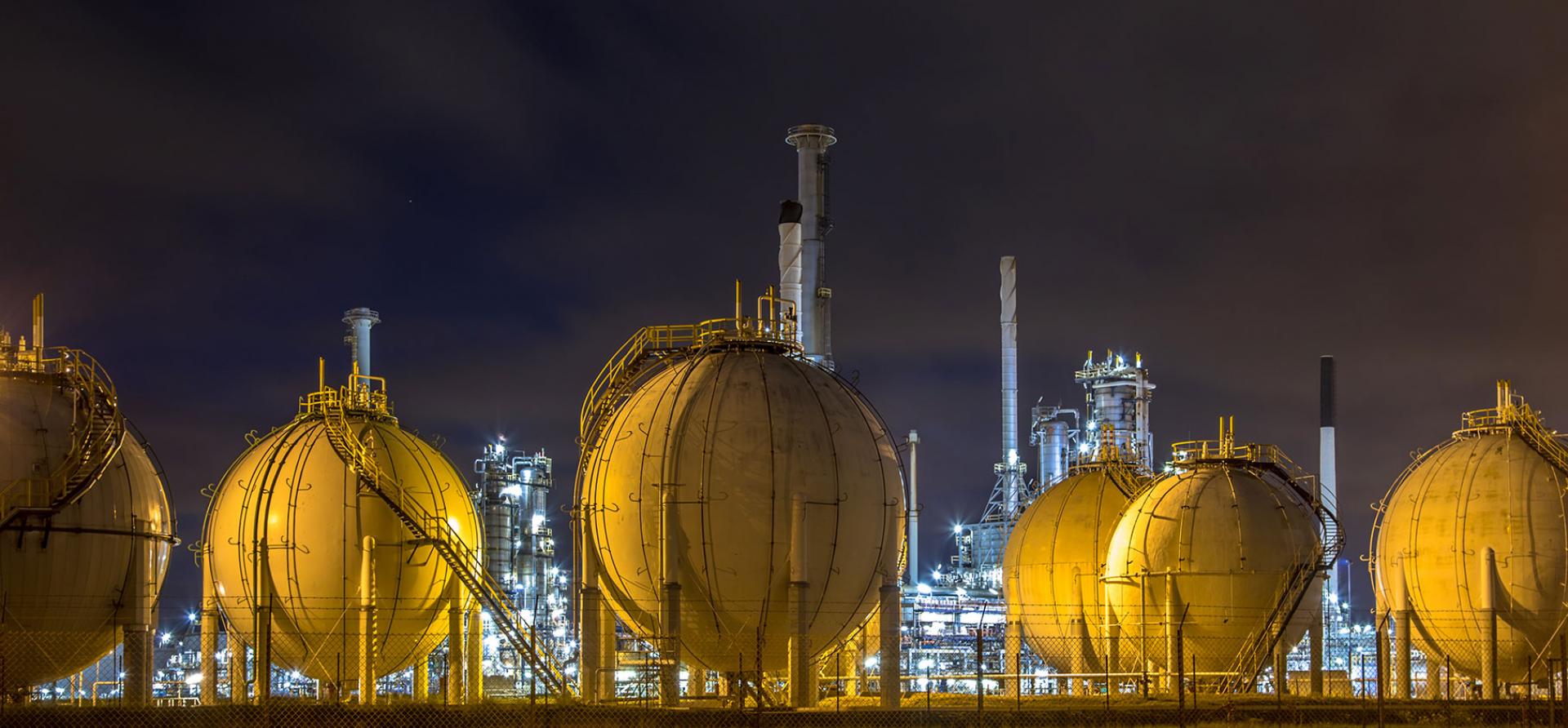The Australian LNG industry's growth - and the decline in greenhouse gas emissions Standards
Download Full Report

Key Findings
The 360% expansion of LNG production accompanies a likely 460% growth in the industry’s domestic greenhouse gas emissions.
Vented CO2 emissions from the LNG industry are commonly, and erroneously, described or classified as ‘fugitive emissions’.
The extreme ‘laissez-faire’ regime in Australia has not served the nation’s interests in either financial returns or in clarity about controlling their emissions.
Executive Summary
Greenhouse gas (GHG) emissions from the fast-expanding Australian liquefied natural gas (LNG) industry since 2014 have grown from 13 to 60 million tonnes per annum (Mtpa) in just five years, offsetting the reduction in emissions from the electricity generating industry over the same period.
Electricity emissions have declined due to the expansion of renewables for generation and the declining supply from coal-fired generators. But the 360% expansion of LNG production since 2014 has been accompanied by a likely 460% growth in the industry’s domestic greenhouse gas emissions.
New (and old) plants are developing reservoirs with increasingly higher levels of CO2, or using coal seam gas, far from the plants.
Measurement and reporting of emissions from the LNG industry is made opaque by the classifications used by the Department of Environment and Energy.
Market factors in 2019 and again in early 2020 with the COVID-19 event and the Saudi-Russian oil war have reduced prices, margins and operating rates for the Australian LNG industry, and GHG emissions have reduced accordingly.
Future higher polluting LNG industry developments have also been impacted. Nonetheless, this paper describes the worrying increase in GHG emissions that need to be noted as the industry ramps up again into the future, and the reasons for it.















